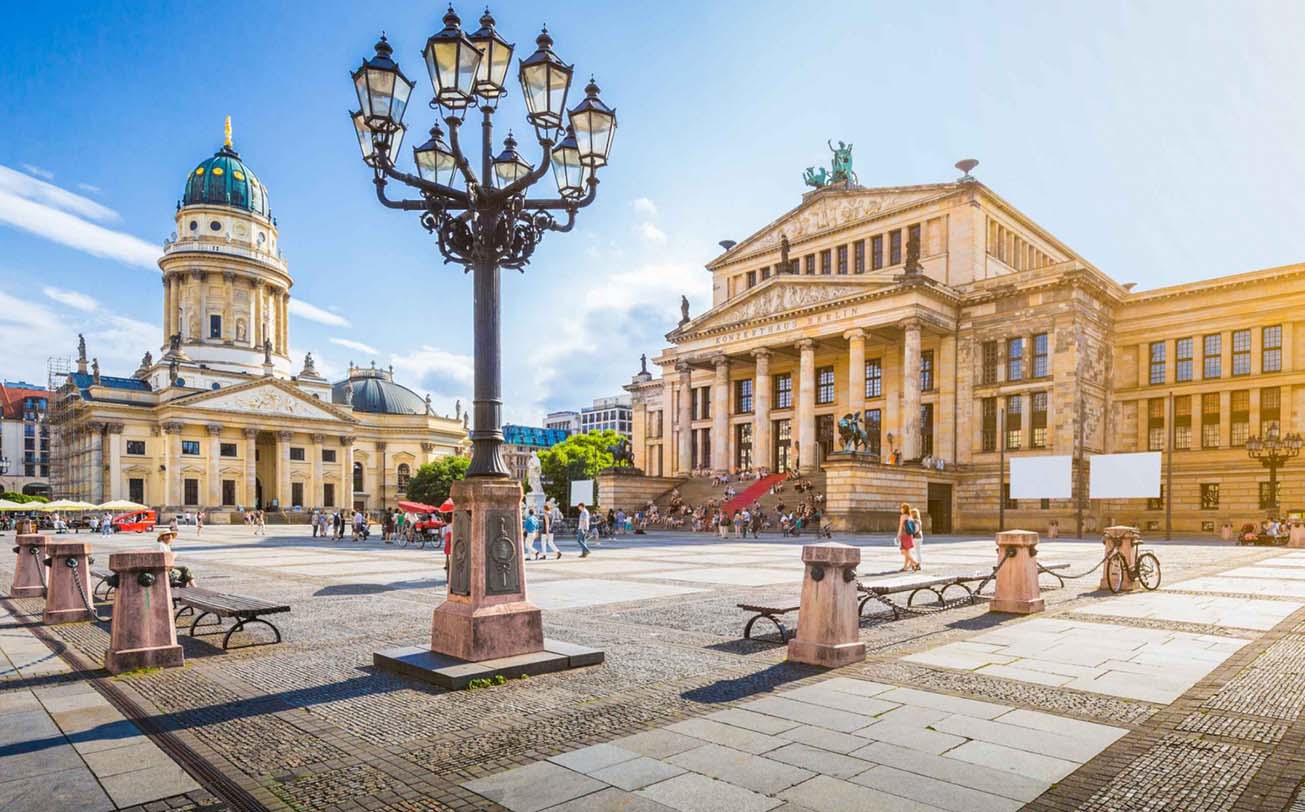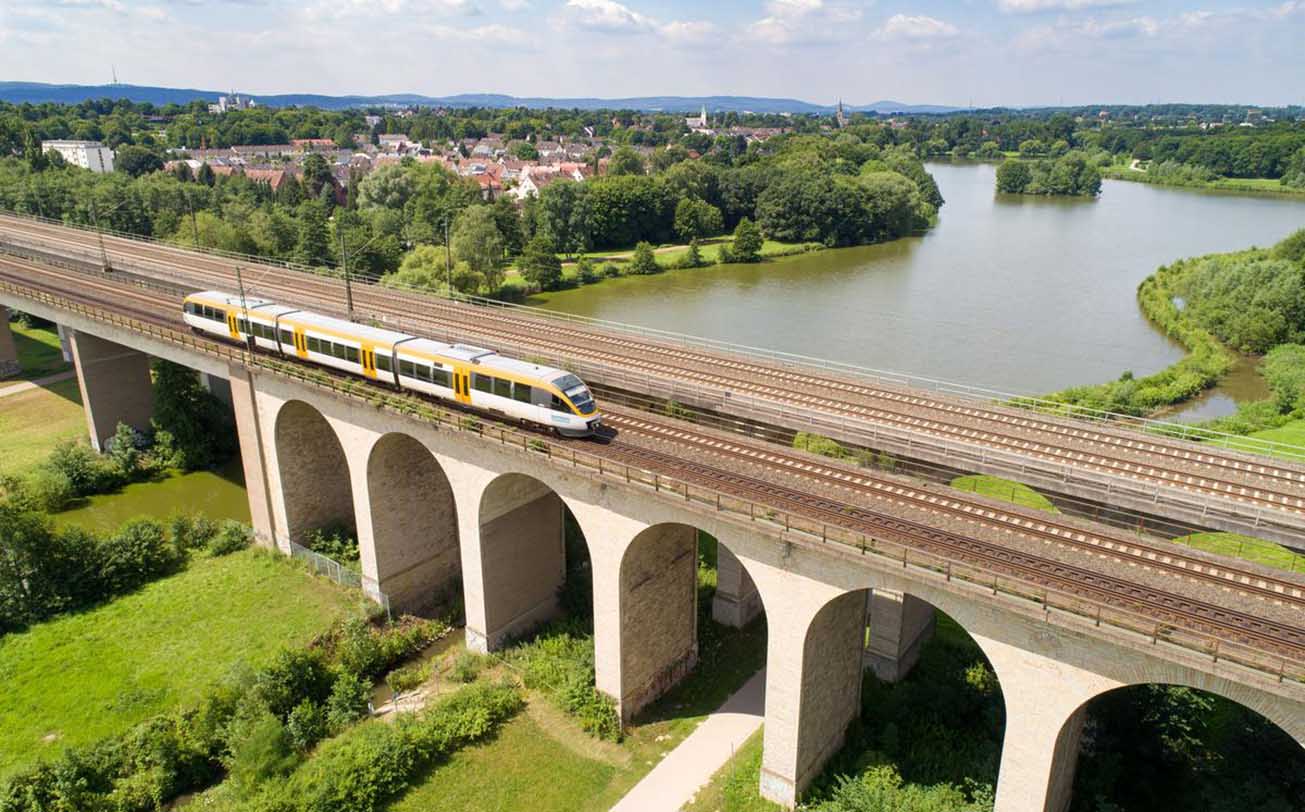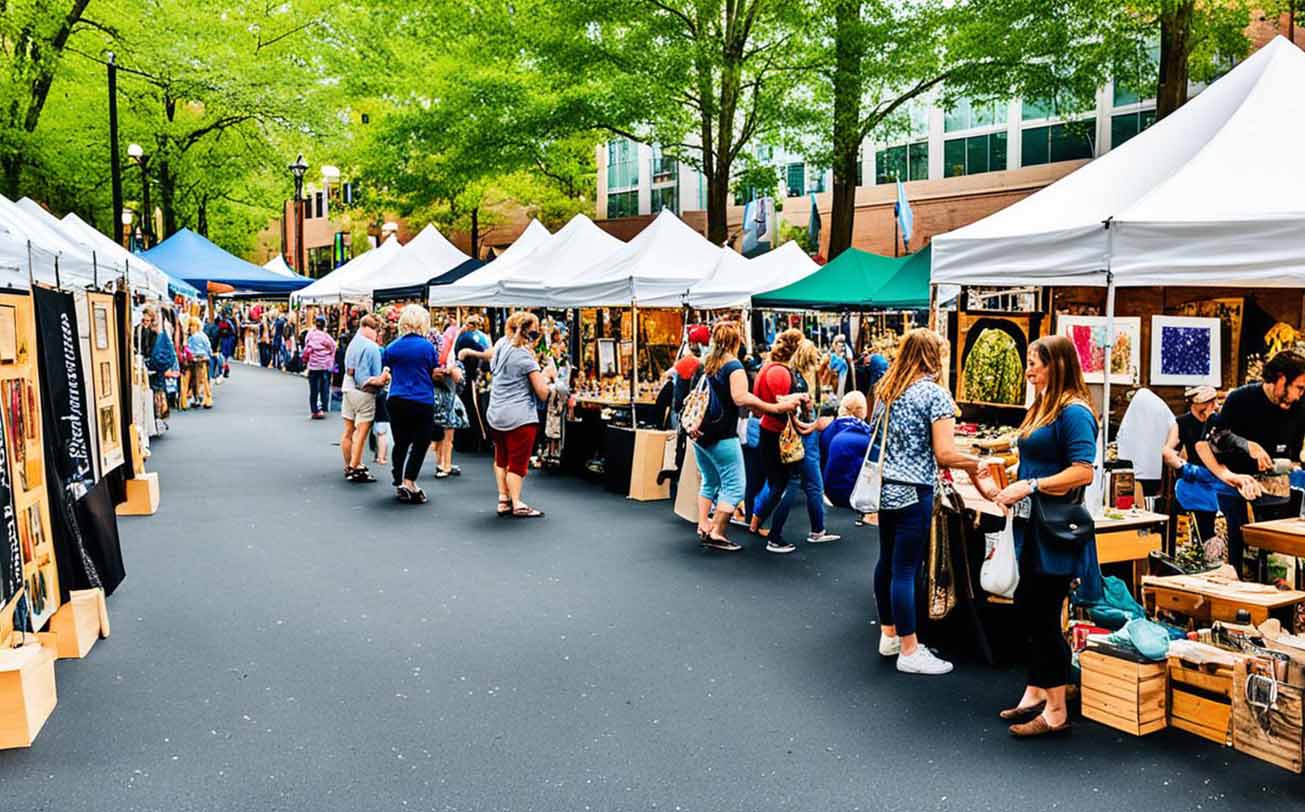Berlin, the vibrant capital of Germany, is a city that beautifully blends its tumultuous history with a modern, dynamic culture. From the haunting remnants of the Berlin Wall to the stunning architectural marvels that dot the cityscape, Berlin offers an array of iconic landmarks that are a must-see for any first-time visitor.
1. Brandenburg Gate: The Symbol of Unity
Location and Arrival
The Brandenburg Gate, or “Brandenburger Tor,” is perhaps the most iconic symbol of Berlin. Located at Pariser Platz, near the intersection of Unter den Linden and Ebertstraße, this neoclassical monument was built between 1788 and 1791 by Carl Gotthard Langhans. It stands majestically at the end of Unter den Linden, a historic boulevard that leads to the city’s center.
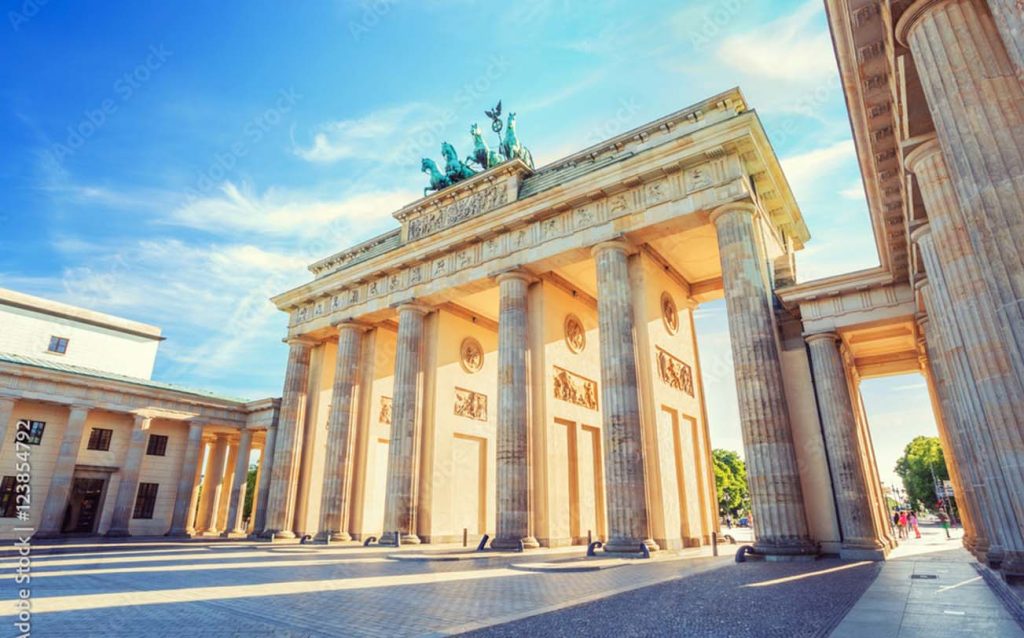
To get to the Brandenburg Gate, I took the U-Bahn to the Brandenburger Tor station. It’s just a short walk from there, making it easily accessible for anyone traveling by public transport. If you’re staying in a central area, you might even consider walking to this landmark, as it’s conveniently located near many other attractions.
Experience and Insights
As I approached the Brandenburg Gate, I was struck by its grandeur and historical significance. This monument has witnessed many pivotal moments in Berlin’s history, including the fall of the Berlin Wall in 1989. Standing beneath its impressive columns, you can’t help but feel a deep connection to the city’s past.
The Gate is adorned with a quadriga, a statue of a chariot drawn by four horses, which adds to its dramatic appearance. It’s particularly striking when lit up at night, casting a golden glow that enhances its majestic presence. The area around the Gate is also home to the impressive Reichstag Building and the Memorial to the Murdered Jews of Europe, making it a central point for historical exploration.
2. Berlin Wall Memorial: A Sobering Remembrance
Location and Arrival
The Berlin Wall Memorial, located on Bernauer Strasse, offers a profound look into the city’s divided past. This site stretches along a section of the original Berlin Wall, providing a glimpse into the barrier that once split East and West Berlin. The memorial is accessible via the U-Bahn, getting off at the Bernauer Strasse station.
Experience and Insights
Visiting the Berlin Wall Memorial was a moving experience. The memorial includes a preserved stretch of the Wall, along with a watchtower and a documentation center that detail the history and impact of the Wall. I spent several hours here, walking along the preserved section and reading through the exhibits, which shed light on the daily struggles of those who lived through this era.
The highlight for me was the viewing platform that overlooks the Wall, offering a stark view of the divided city. It was a somber reminder of the Cold War’s impact and the resilience of Berlin’s people. The interactive exhibits and personal stories told in the documentation center are deeply affecting and provide a comprehensive understanding of this pivotal chapter in Berlin’s history.
3. Reichstag Building: The Seat of German Parliament
Location and Arrival
The Reichstag Building is located at Platz der Republik, near the Brandenburg Gate. This historic building has been the seat of the German Parliament since 1894 and is an architectural marvel. I reached the Reichstag by taking the S-Bahn to the Hauptbahnhof (Central Station) and walking from there.
Experience and Insights
The Reichstag’s glass dome, designed by architect Norman Foster, is a modern addition that offers panoramic views of Berlin. I highly recommend booking a visit to the dome in advance. The 360-degree views from the dome are breathtaking, offering a unique perspective of Berlin’s skyline.
Inside, the Reichstag is as impressive as the exterior. The building’s grand halls and chambers are filled with political history. The audio guide I received during my visit provided fascinating insights into the building’s role in German politics and its architectural evolution. The Reichstag’s blend of historical and modern elements reflects Berlin’s spirit of renewal and progress.
4. Berlin Cathedral: A Baroque Masterpiece
Location and Arrival
Berlin Cathedral, or “Berliner Dom,” is situated on Museum Island, a UNESCO World Heritage Site in the heart of Berlin. To get there, I took the S-Bahn to Alexanderplatz and walked through the beautiful Lustgarten park, which leads directly to the Cathedral.
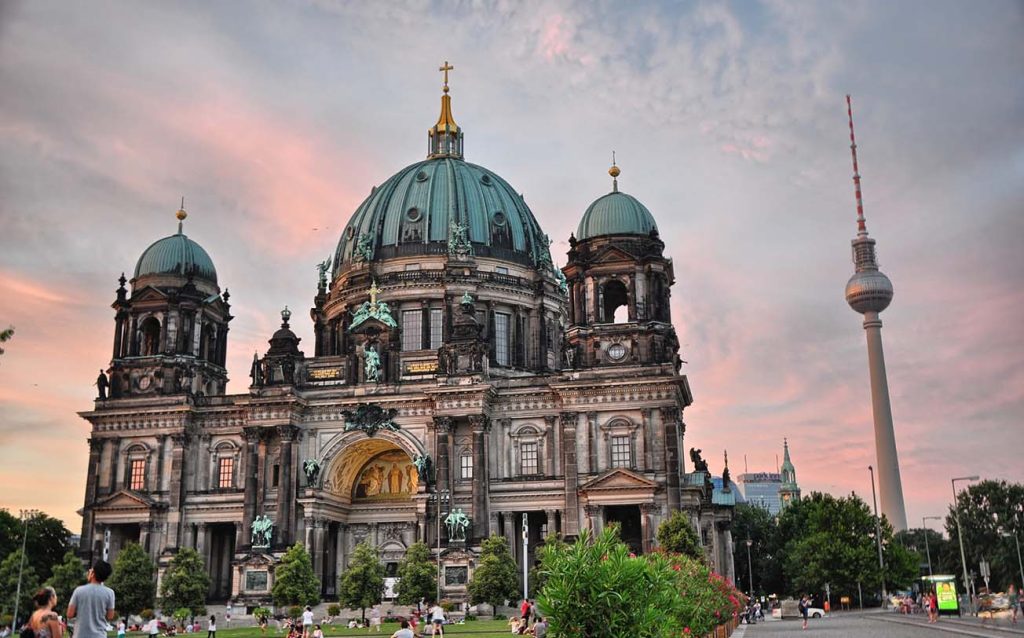
Experience and Insights
The Berlin Cathedral is an architectural gem with its stunning baroque facade and impressive dome. Stepping inside, I was awestruck by the ornate interior, including intricate mosaics, grand organ pipes, and beautifully painted ceilings. The cathedral’s interior is a testament to Berlin’s religious and architectural history.
One of the highlights of my visit was climbing up to the dome’s observation deck. From there, I enjoyed a panoramic view of Berlin’s historic center. The experience was both serene and awe-inspiring, offering a perfect vantage point to appreciate the city’s layout and landmarks.
5. Museum Island: A Cultural Treasure Trove
Location and Arrival
Museum Island is located on the Spree River in the Mitte district of Berlin. It houses five of Berlin’s most important museums: the Pergamon Museum, the Neues Museum, the Alte Nationalgalerie, the Altes Museum, and the Bode Museum. I arrived by taking the U-Bahn to Friedrichstrasse and then walking across the river.
Experience and Insights
Museum Island is a cultural treasure trove, and I spent a full day exploring its museums. Each museum offers a unique experience, from the Pergamon Museum’s stunning collection of ancient artifacts, including the Pergamon Altar, to the Neues Museum’s Egyptian Museum and Papyrus Collection.
The architecture of the museums themselves is worth noting. The combination of historical and modern elements creates a captivating atmosphere. I found the audio guides and information panels extremely helpful, providing detailed insights into the exhibits. Museum Island’s central location makes it easy to explore, and I recommend purchasing a museum pass to gain access to all five institutions at a discounted rate.
6. East Side Gallery: A Living Piece of History
Location and Arrival
The East Side Gallery is a 1.3-kilometer stretch of the Berlin Wall, located along Mühlenstraße in the Friedrichshain district. I reached it by taking the S-Bahn to Warschauer Straße and then walking towards the gallery.
Experience and Insights
The East Side Gallery is an open-air gallery that features murals and graffiti created by artists from around the world. Each piece of art reflects a variety of themes, from political messages to personal expressions. I spent a few hours strolling along the gallery, admiring the vibrant artwork that covers the Wall.
One of the most famous murals is Dmitri Vrubel’s “Fraternal Kiss,” which depicts a kiss between Soviet leader Leonid Brezhnev and East German leader Erich Honecker. This piece, along with many others, offers a poignant commentary on the political climate of the time.
7. Charlottenburg Palace: A Royal Retreat
Location and Arrival
Charlottenburg Palace, or “Schloss Charlottenburg,” is located in the Charlottenburg district of Berlin. To visit, I took the S-Bahn to Charlottenburg and walked through the palace gardens to reach the entrance.
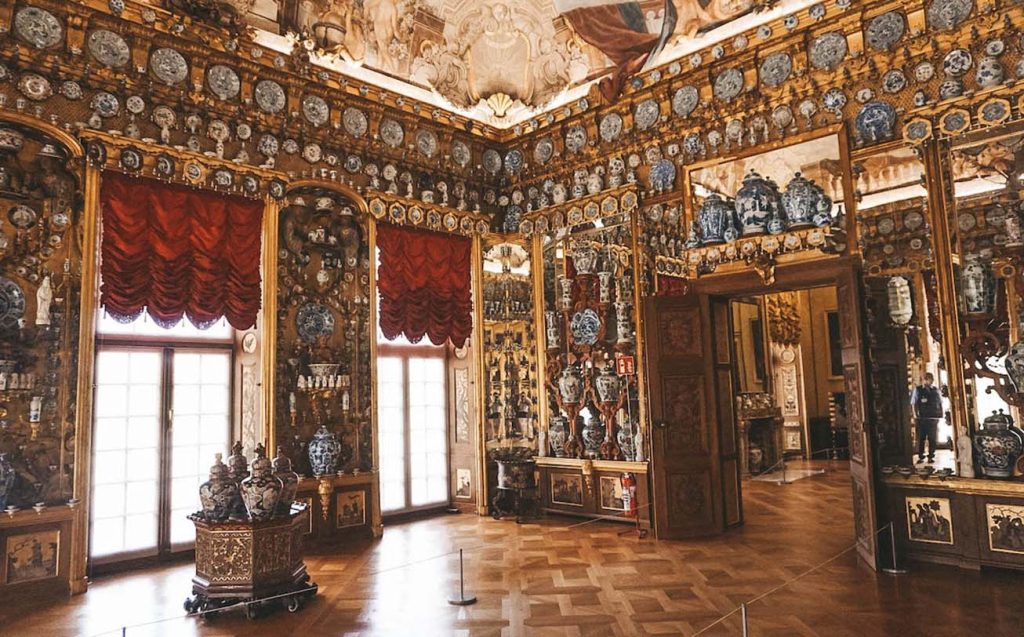
Experience and Insights
Charlottenburg Palace is a stunning example of Baroque architecture and offers a glimpse into the opulent lifestyle of Prussian royalty. The palace is surrounded by beautifully landscaped gardens, which I enjoyed exploring. Inside, the palace’s rooms are adorned with lavish decor, including exquisite furniture, paintings, and chandeliers.
The highlight of my visit was the palace’s art collection and the impressive royal apartments. The guided tour provided fascinating insights into the history of the palace and its former inhabitants.
8. Alexanderplatz: Berlin’s Bustling Hub
Location and Arrival
Alexanderplatz, often referred to as “Alex,” is a major public square located in the Mitte district of Berlin. I reached Alexanderplatz by taking the U-Bahn or S-Bahn, which makes it easily accessible from various parts of the city.
Experience and Insights
Alexanderplatz is a vibrant and bustling area known for its shopping, dining, and entertainment options. The square is home to several notable landmarks, including the TV Tower (Fernsehturm) and the World Clock. The TV Tower offers an observation deck with panoramic views of Berlin, which I found to be an excellent way to get an overview of the city.
The square’s lively atmosphere is complemented by numerous cafes and shops, making it a great place to relax and people-watch. I enjoyed exploring the nearby streets and discovering the diverse range of shops and restaurants.
9. Tempelhofer Feld: A Unique Urban Park
Location and Arrival
Tempelhofer Feld is located in the Tempelhof district of Berlin. It was formerly an airport, and the area has been transformed into a vast urban park. I arrived by taking the U-Bahn to Tempelhof station and then walking to the park.
Experience and Insights
Tempelhofer Feld offers a unique and expansive outdoor space that was once an airfield. It’s a popular spot for locals to enjoy outdoor activities such as cycling, jogging, and picnicking. The open fields and former runways provide a striking contrast to Berlin’s urban landscape.
I spent a leisurely afternoon here, enjoying the fresh air and the expansive views of the city. The park’s historical significance and its transformation into a recreational space make it a fascinating place to visit.
10. Gendarmenmarkt: Berlin’s Elegant Square
Location and Arrival
Gendarmenmarkt is located in the heart of Berlin, near the Friedrichstraße. To reach this elegant square, I took the U-Bahn to Stadtmitte and walked a short distance to the square.
Experience and Insights
Gendarmenmarkt is known for its stunning architecture and historical significance. The square is flanked by the Französischer Dom and the Deutscher Dom, two beautiful churches, as well as the Konzerthaus, a concert hall. The symmetry and grandeur of the buildings create a picturesque setting.
I enjoyed strolling around the square, admiring the architecture and the well-maintained surroundings. The square is also home to various cultural events and markets throughout the year, adding to its charm.
Berlin is a city that offers an array of iconic landmarks and experiences. From historical monuments to cultural treasures, each site provides a unique insight into the city’s rich heritage and vibrant present.
